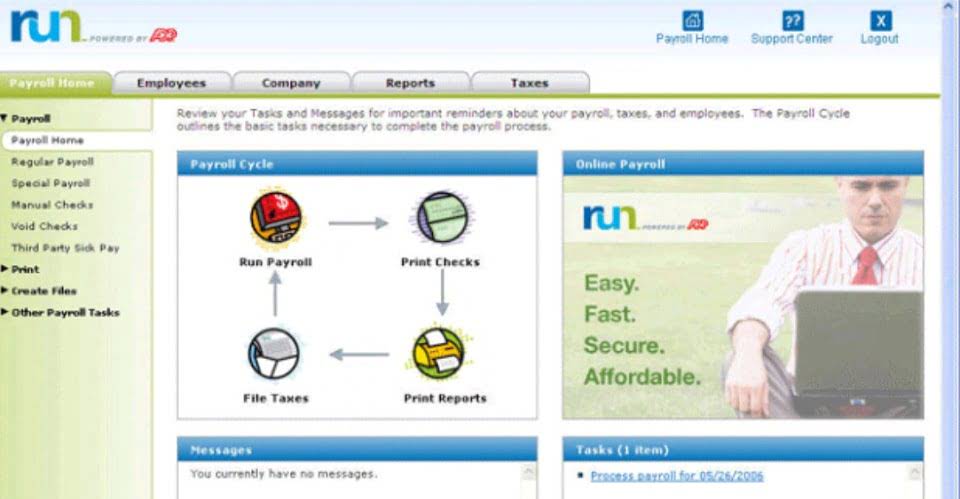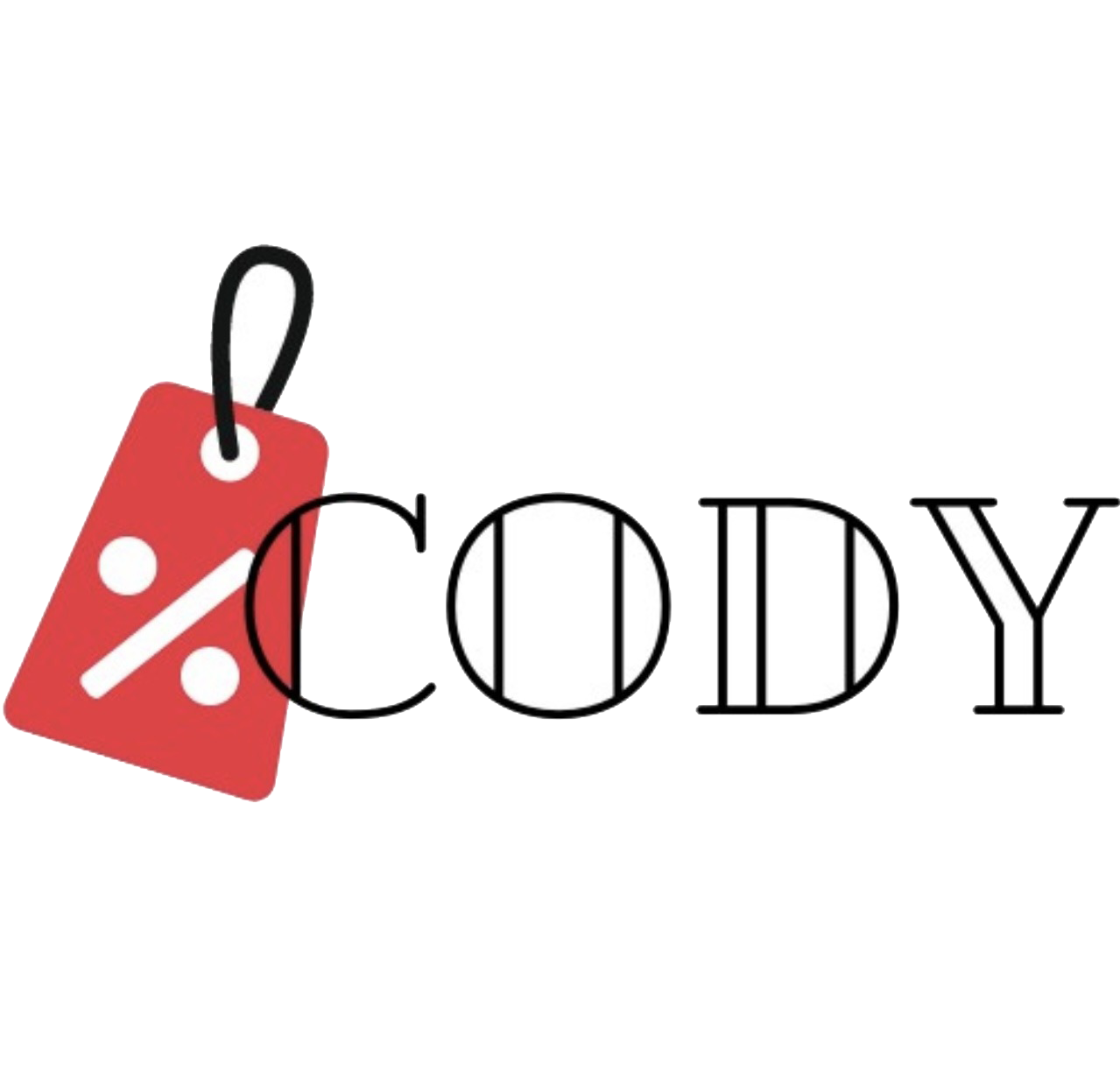
The material cost is the cost incurred for purchasing materials that are essential for the manufacturing process. These costs are classified as direct or indirect costs based on their traceability to the product. They’re direct costs if the raw material used to manufacture the product is one of the essentials and is directly used in the product. For example, wood pulp is a direct cost for paper manufacturing, because it is the primary raw material used in the process.

What is a Costing Sheet?

For each department a certain job card use, where the costs from different aspects of the jobs take into consideration. Job costing is a technique of costing where the amount of work done is in the form of the number of jobs completed. (c) It is concerned with the cost of an individual job or batch regardless of the time taken to produce it, but normally short duration jobs. (b) The job is carried out or a product is produced to meet the specific requirements of the order. Each job must have its own identity, which is called “Job Code,” to make sure that all relevant costs assign to the right job. Each job is treated as a cost unit and a production or job order number is issued.
Job Costing: Features, Objectives, Pre-Requisites, Merits , Procedure and Types
Management can make a proper decision before accepting any new job from the customer. The job that does not perform well may need to reduce while the good performing job needs to increase. Every time materials withdraw from the warehouse, the requested person needs to identify the job code of the items used. Companies https://www.bookstime.com/articles/how-to-choose-the-best-startup-cpa-service usually use Job Cost Sheet to capture all the material costs. And it will be monitored every month to ensure that they follow the budget without any significant variance.
- These include expenses like design costs, tool maintenance and purchasing equipment that is directly used to manufacture the product.
- After all expenses have been recorded, businesses can analyze the data to determine the cost of producing the specific product or service.
- Sunk costs are unavoidable expenses that originate from past events, such as the construction of a new facility.
- For every customer’s order accepted, a separate production order is prepared.
- Some overhead costs to consider including in the calculation are rent, utilities, office supplies, insurance, and advertising.
How to calculate job order costs

For recording purposes, another type of document is presently called the cost sheet. The cost sheet and the works order both can be combined at the last stage while establishing the final production value. (g) The cost incurred job costing meaning to date on the job are known before the job is completed, and any mistakes or excessive costs show up at an early stage. (4) A Job Time Sheet is given to the worker who is to perform the first operation of the job. When the job is completed, the Job Time Sheet is sent to the Cost Office, where the time spent will be costed and recorded on the Job Card. Job costing is a very good concept, but it may turn out to be a complicated process when the company has many jobs that are easy to get confused.
Step 3: Recording actual costs 🔗
Additionally, having access to detailed information can reduce unexpected expenses, improve Accounting Periods and Methods profit margins, and strengthen client relationships. When you break down your expenses, income, and overhead costs by job, you should better understand how, where, and why you can cut costs. You can also make sure you’re charging customers the right amount for each job.

